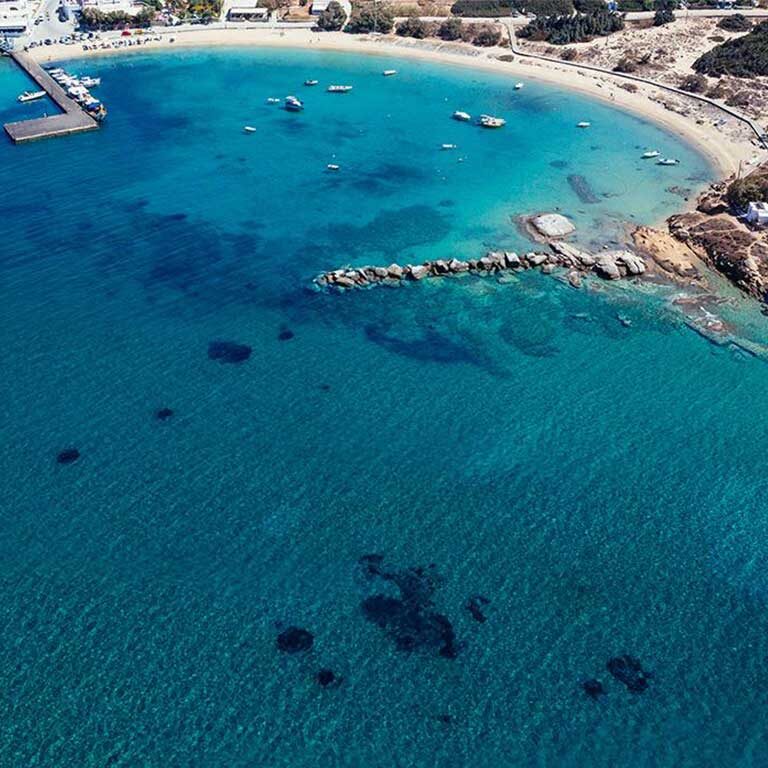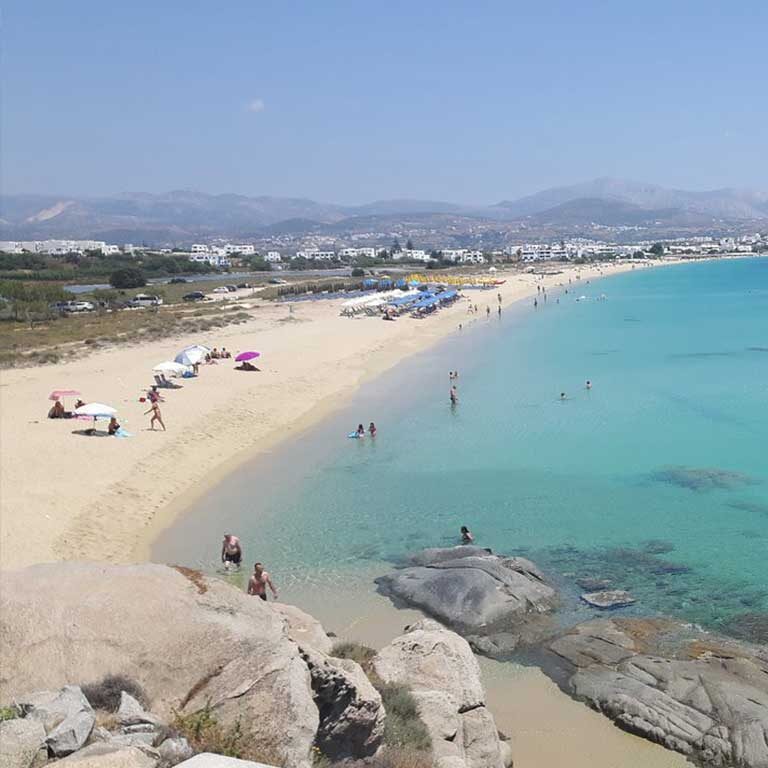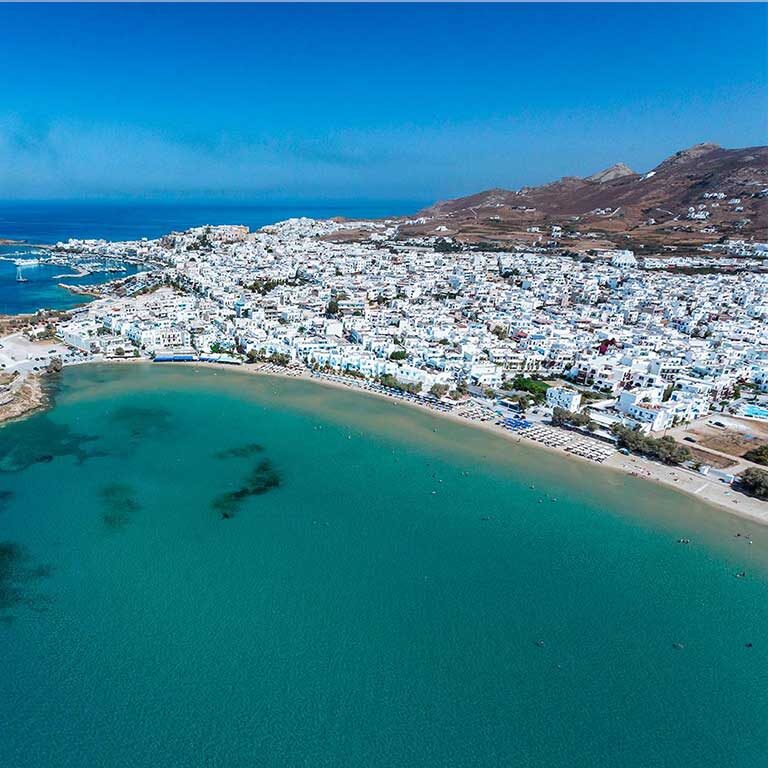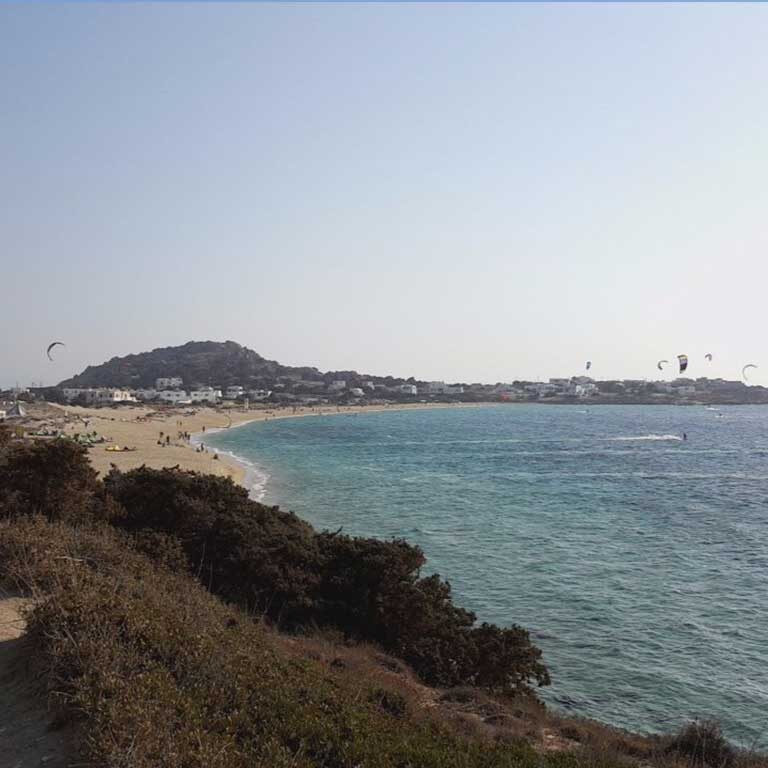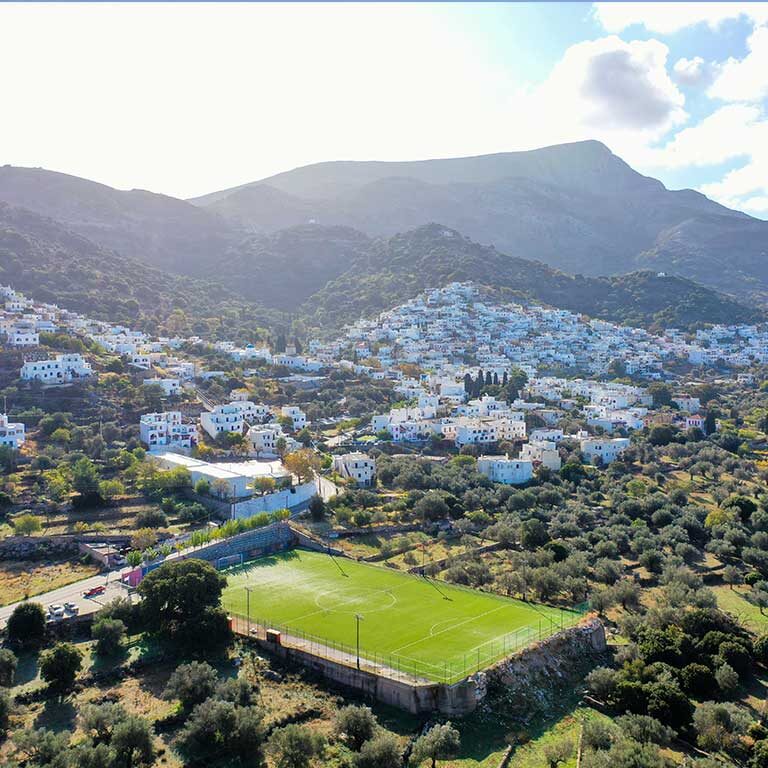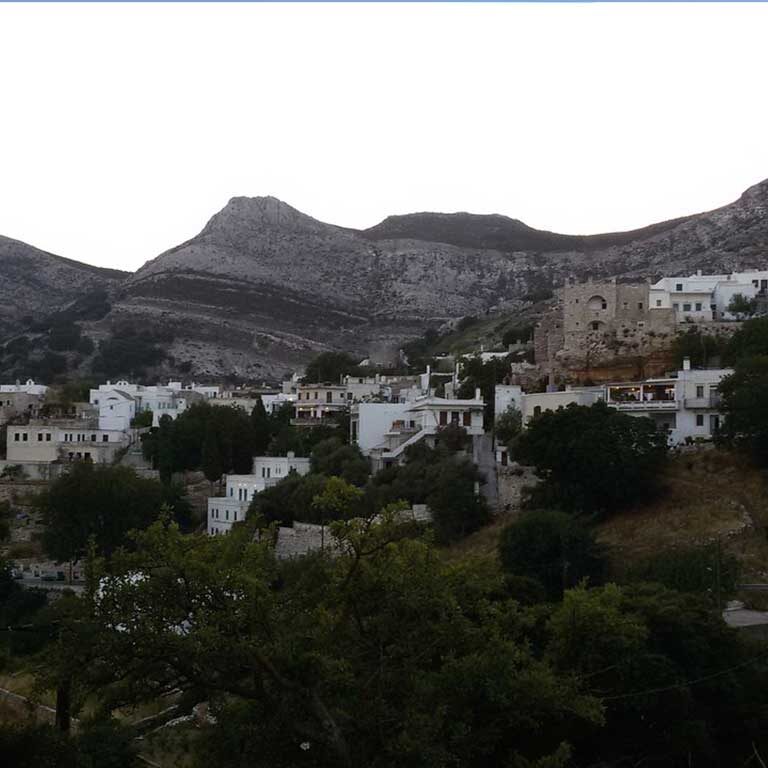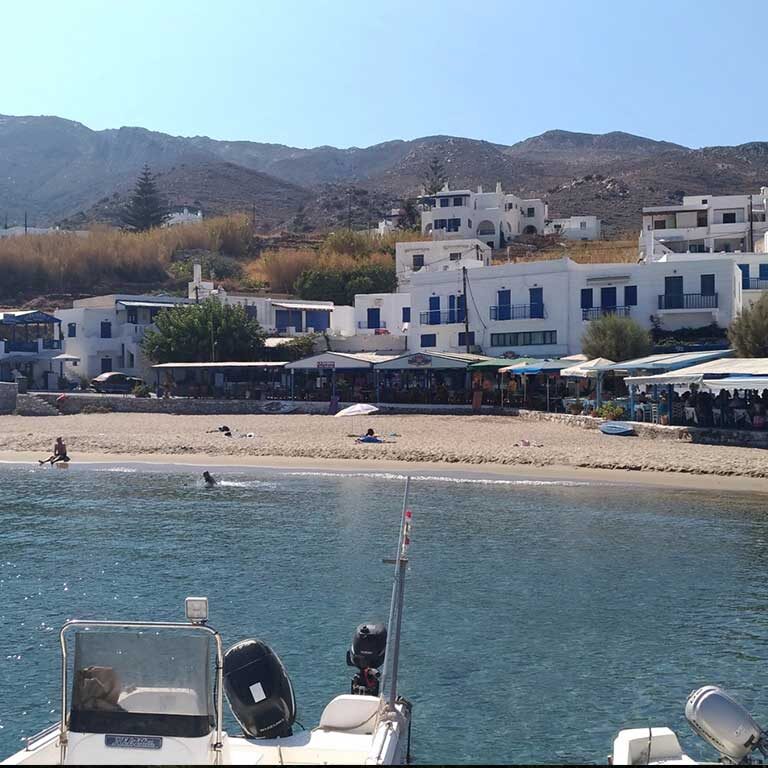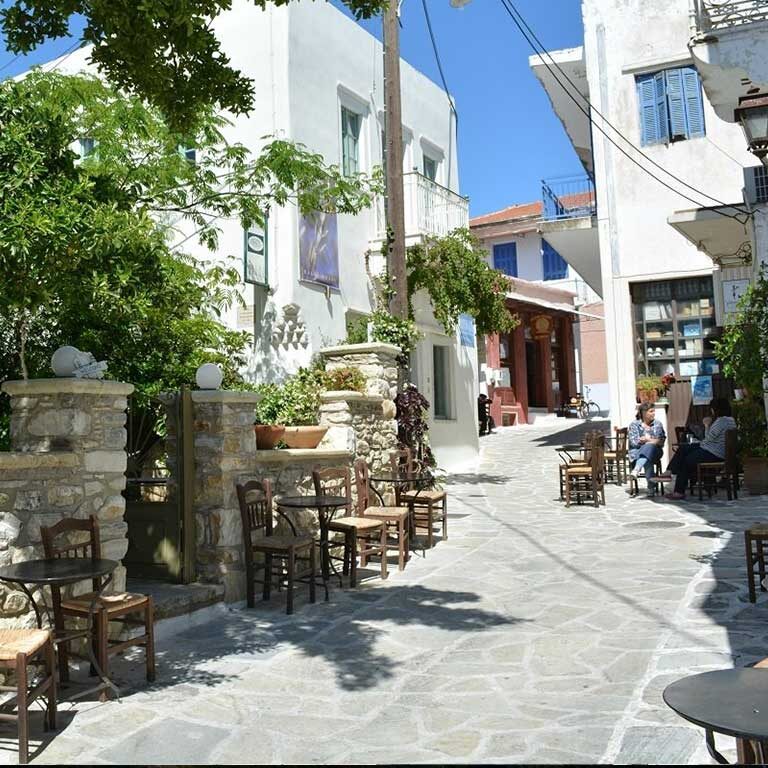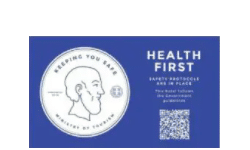Naxos
- Home
- Naxos
The Island of Naxos
The beaches of Naxos
Some of the most famous beaches of Naxos are those of Agios Prokopios, Agia Anna, Plaka, Orkos, Mikri Vigla and Pyrgaki.
Agios Georgios – It is located near the city center and is accessible on foot from the city center. It is ideal for families with young children due to the shallow sea.
Agios Prokopios – It is located right after the beach of Agios Georgios and is about 4 km from the city of Naxos. The beach was awarded for his quality waters at Greek and international level.
Agia Anna – The continuation of the beach of Agios Prokopios. The large sandy beach with the small picturesque harbor. This beach offers many umbrellas and sunbeds along its entire length and is one of the best organized beaches in Naxos.
Plaka – With an area of 4 km, it is one of the largest beaches on the island. Only parts of it are organized with umbrellas and sunbeds, and its main feature is the large and wide white sand and turquoise water.
Orkos – A sandy beach consisting of two sections, 700 meters sandy beach with trees along its entire coast and another of small coves less than 100 meters long, forming “private beaches”. With dense sand between steep cliffs.
Mikri Vigla – A small cape that goes out to sea and is ideal for swimming and windsurfing, after the beach of Orkos, ideal for those looking for peace and seclusion.
“Pyrgaki” – Pyrgaki beach is located on the southwest coast of the island, overlooking the surrounding islands of Heraklion and Ios.
The villages of Naxos
Some of the most famous villages of Naxos are Apeiranthos, Filoti, Chalki and Apollonas
Apeiranthos – It is a village of mountainous Naxos. It is 28 km from the island’s capital. is one of the most charming villages, with its light-colored streets and traditional locations!
Filoti – It is the largest village of Naxos. In the large square of the village there is the old plane tree. The paths of the village extend amphitheatrically from the square.
Chalki – It is located near Tragaia, in the semi-mountainous Naxos, a very beautiful and picturesque village with neoclassical houses, picturesque streets and squares. It stands out with its old mansions with tiles, the classic balconies.
Apollonas – One of the most beautiful and picturesque villages on the island, offers peace and quiet. It has amazing beaches and picturesque alleys as well as cafes and restaurants by the sea
Sanctuary Of Iria
At Livadi, 10 km south of the country, we find the Sanctuary of Yria or Iria, dedicated to the god of abundance and fun Dionysus. The extremely important findings attest to the importance of this historic site.
Also, a series of votive offerings to the god Dionysus, certify the importance given by the Naxians from ancient times, both to the deity and to the abundance and fruitfulness that nature and the land of Naxos offered them. The temple was built in the 6th century BC. and is a cradle of the Ionian rhythm with enormous importance, which is confirmed by the great discussion that took place, after its discovery, in the international literature.
The center of worship of the god Dionysus was a temple building, the buildings of which were found in successive overlying layers, in the same place and with the same orientation. In general, with the exhibit of the Yrians, the role of Naxos in the world architectural history is certified and at the same time an image of uninterrupted cultural continuity in the heart of the Aegean is offered.
The restoration work of the sanctuary has been completed and is now open to the public. Visitors have easier access to the village of Glinado.
Portara
Portara, the great marble gate that stands high on the islet of Palatia, which is now united with the Country of Naxos, is what is left of the temple of Apollo which began to be built in the 6th-7th century BC. and was never completed. Portara is the first image one sees of the ship as soon as it enters the port of Naxos and the trademark of the island. On the island, according to mythology, Theseus left Ariadne, who had “captured” her, leaving Crete, after the murder of the Minotaur. In fact, what we see today is the gate of the temple built by the tyrant Lygdamis, wanting to present a temple larger than the temple of Zeus in Athens and the temple of Hera in Samos.After the fall of tyranny in Naxos, however, the temple remained unfinished. Today only the foundations of the majestic temple can be seen. The gate was made of four large pieces of local marble, each weighing about 20 tons. It is almost 6 meters high and more than 3.5 meters wide. During the 5th to 6th century AD. The ancient temple was converted into a Christian church that was used until the time of Venetian rule, when it was completely destroyed when its marbles were used by the Venetians to build other buildings, mainly the Castle of Chora. During its operation, however, a settlement developed around it. Because the sea level has risen from antiquity to the present day, the ancient shores have been covered with water. So today we know that the Palaces in antiquity was a low hill opposite the Castle and in between there was a plain.



